-
 Bitcoin
Bitcoin $117600
0.25% -
 Ethereum
Ethereum $4424
0.10% -
 XRP
XRP $3.101
0.50% -
 Tether USDt
Tether USDt $1.001
-0.01% -
 BNB
BNB $836.2
1.26% -
 Solana
Solana $188.8
2.11% -
 USDC
USDC $1.000
0.01% -
 Dogecoin
Dogecoin $0.2301
0.57% -
 TRON
TRON $0.3485
-1.00% -
 Cardano
Cardano $0.9209
-1.34% -
 Hyperliquid
Hyperliquid $46.72
-1.19% -
 Chainlink
Chainlink $22.62
4.84% -
 Stellar
Stellar $0.4275
-0.38% -
 Sui
Sui $3.761
1.91% -
 Bitcoin Cash
Bitcoin Cash $586.7
-0.25% -
 Ethena USDe
Ethena USDe $1.001
0.01% -
 Hedera
Hedera $0.2510
2.06% -
 Avalanche
Avalanche $24.21
2.22% -
 Litecoin
Litecoin $119.7
1.07% -
 Toncoin
Toncoin $3.450
1.06% -
 UNUS SED LEO
UNUS SED LEO $9.411
-0.93% -
 Shiba Inu
Shiba Inu $0.00001298
1.20% -
 Uniswap
Uniswap $10.98
3.25% -
 Polkadot
Polkadot $3.961
2.16% -
 Dai
Dai $1.000
0.00% -
 Bitget Token
Bitget Token $4.642
0.95% -
 Cronos
Cronos $0.1514
0.57% -
 Ethena
Ethena $0.7290
3.78% -
 Monero
Monero $254.1
7.69% -
 Pepe
Pepe $0.00001102
2.47%
How to configure and use the multi-signature function of Binance Wallet?
Binance Wallet's multi-signature feature enhances security by requiring multiple keys for transactions, but setup demands careful planning and understanding of signature thresholds and key management; prioritizing security best practices is crucial.
Mar 18, 2025 at 08:36 pm

Key Points:
- Binance Wallet supports multi-signature functionality for enhanced security.
- Setting up multi-signature requires careful planning and understanding of the process.
- Users must understand the implications of different signature thresholds.
- The process involves creating and managing multiple keys.
- Security best practices are crucial for protecting your assets.
How to Configure and Use the Multi-Signature Function of Binance Wallet?
Binance Wallet offers a multi-signature feature, a crucial security enhancement for managing cryptocurrency holdings. This feature requires multiple private keys to authorize a transaction, significantly reducing the risk of unauthorized access. This guide will walk you through the configuration and usage of this vital security tool.
Understanding Multi-Signature Wallets
Before diving into the configuration, understanding the core concept is paramount. A multi-signature wallet, unlike a single-signature wallet, demands multiple approvals for any transaction. This means that even if one key is compromised, the funds remain safe, provided the threshold for approvals isn't met.
Choosing Your Signature Threshold
The signature threshold determines how many signatures are needed to authorize a transaction. For example, a 2-of-3 multi-signature setup requires two out of three keys to approve each transaction. This allows for flexibility and security. Carefully consider the number of keys and the required signatures based on your risk tolerance and the value of your assets. A higher threshold provides more security but requires more coordination.
Generating and Managing Keys
Binance Wallet provides tools to generate multiple key pairs. Each key pair consists of a private key (which must be kept secret) and a public key (which can be shared). You'll need to securely store these keys, ideally using hardware wallets or secure offline storage. The security of your funds depends entirely on the security of your private keys. Never share your private keys with anyone.
Configuring Your Multi-Signature Wallet on Binance Wallet
The exact steps may vary slightly depending on the specific version of the Binance Wallet, but the general process will be similar. Consult Binance's official documentation for the most up-to-date instructions. Generally, you will navigate to the wallet settings and find an option to create or manage a multi-signature wallet. The platform will guide you through the process of adding the required number of public keys.
Step-by-Step Guide (Conceptual Outline – Refer to Binance's Official Documentation for Precise Steps):
- Create a new wallet: Initiate the creation of a new multi-signature wallet within the Binance Wallet application.
- Specify the threshold: Choose the number of signatures required for each transaction (e.g., 2 of 3).
- Add participants: Input the public keys of the participants involved in the multi-signature setup. Ensure these keys are correctly entered to avoid errors.
- Confirm the setup: Review the configuration settings to confirm accuracy before finalizing the setup.
- Test transactions: After setup, perform small test transactions to verify that the multi-signature process is functioning correctly.
Using Your Multi-Signature Wallet
Once configured, using the wallet involves obtaining signatures from the required number of key holders for each transaction. The process usually involves a confirmation step on each device holding a relevant private key.
Security Best Practices
- Use strong passwords: Choose strong, unique passwords for all your accounts and devices.
- Enable two-factor authentication (2FA): Adding an extra layer of security significantly improves protection.
- Regularly update your software: Keeping your Binance Wallet and related software updated protects against known vulnerabilities.
- Never share your private keys: This is paramount to the security of your funds.
- Use a hardware wallet: Hardware wallets offer a significantly higher level of security compared to software wallets.
Frequently Asked Questions:
Q: What happens if I lose one of my private keys in a multi-signature setup?
A: Depending on your threshold, you might still be able to access your funds. If you lose a key and the remaining keys still meet the threshold, transactions can still be authorized. However, losing a key reduces your security margin.
Q: Can I change the signature threshold after setting up a multi-signature wallet?
A: The ability to change the threshold depends on the specific implementation within the Binance Wallet. Refer to Binance's official documentation for detailed information on this. It's usually a complex process and may not be possible without resetting the entire wallet setup.
Q: Is multi-signature suitable for all users?
A: Multi-signature wallets are ideal for users prioritizing security, especially those managing significant amounts of cryptocurrency. The added complexity might be unnecessary for users managing smaller amounts.
Q: What if one of the participants refuses to cooperate in signing a transaction?
A: If a participant refuses to sign and the threshold is not met, the transaction will fail. This highlights the importance of choosing trustworthy participants for your multi-signature setup. Careful consideration of participants is crucial.
Q: Are there any fees associated with using multi-signature functionality on Binance Wallet?
A: Generally, the multi-signature functionality itself doesn't incur additional fees beyond standard transaction fees. However, it's always recommended to review the Binance Wallet's fee structure for the most accurate information. Check Binance's official fee schedule for the most current details.
Disclaimer:info@kdj.com
The information provided is not trading advice. kdj.com does not assume any responsibility for any investments made based on the information provided in this article. Cryptocurrencies are highly volatile and it is highly recommended that you invest with caution after thorough research!
If you believe that the content used on this website infringes your copyright, please contact us immediately (info@kdj.com) and we will delete it promptly.
- Kazakhstan's Crypto Leap: Bitcoin ETF and Central Asia's Digital Finance Future
- 2025-08-13 12:45:19
- BlockDAG Presale Blazes Past $371M: Fundraising Frenzy Fuels Crypto Sensation
- 2025-08-13 13:05:21
- Meme Coins: Chasing the 2025 Surge – Which Will Moonshot?
- 2025-08-13 10:25:23
- Bitcoin's Wild Ride: Rally, Pullback, and What's Next
- 2025-08-13 10:25:23
- Bitcoin, Bitmax, and Institutional Demand: A New Era of Crypto Investment
- 2025-08-13 10:45:12
- Solana, ROAM, and Airdrops: What's the Buzz in 2025?
- 2025-08-13 11:35:13
Related knowledge
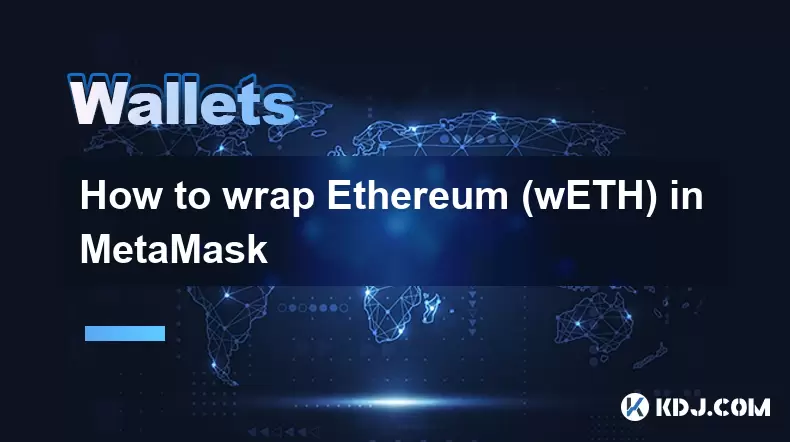
How to wrap Ethereum (wETH) in MetaMask
Aug 13,2025 at 11:36am
Understanding Wrapped Ethereum (wETH)Wrapped Ethereum (wETH) is a tokenized version of native Ethereum (ETH) that conforms to the ERC-20 standard, ena...
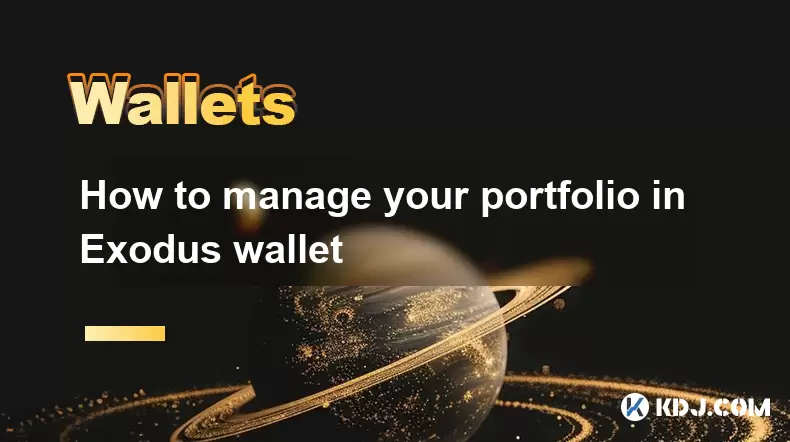
How to manage your portfolio in Exodus wallet
Aug 08,2025 at 10:07pm
Understanding the Exodus Wallet InterfaceThe Exodus wallet is a non-custodial cryptocurrency wallet that supports a wide range of digital assets. When...

How to manage your portfolio in Exodus wallet
Aug 13,2025 at 11:35am
Understanding the Exodus Wallet InterfaceThe Exodus wallet is a non-custodial cryptocurrency wallet that supports a wide range of digital assets. Upon...
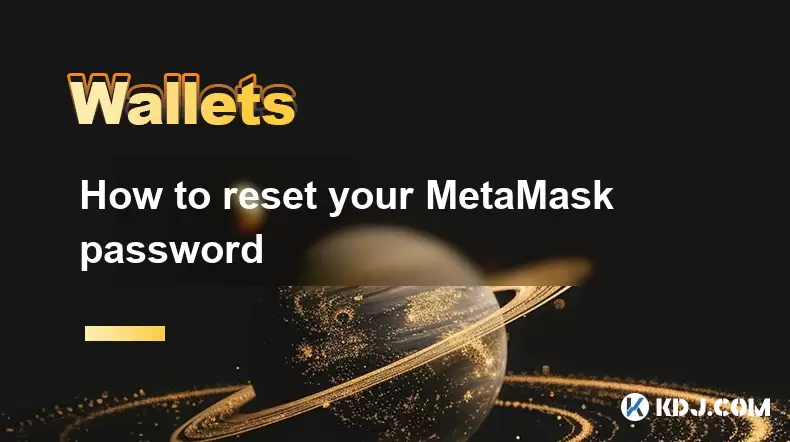
How to reset your MetaMask password
Aug 08,2025 at 01:28pm
Understanding the MetaMask Password Reset ProcessMany users confuse the MetaMask password with the seed phrase or private key, but they serve differen...
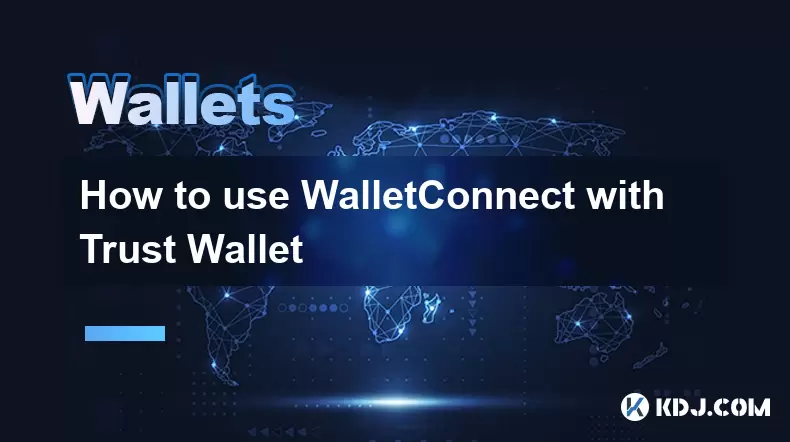
How to use WalletConnect with Trust Wallet
Aug 13,2025 at 01:07am
What Is WalletConnect and Why It Matters for Trust Wallet UsersWalletConnect is an open-source protocol that enables secure communication between dece...
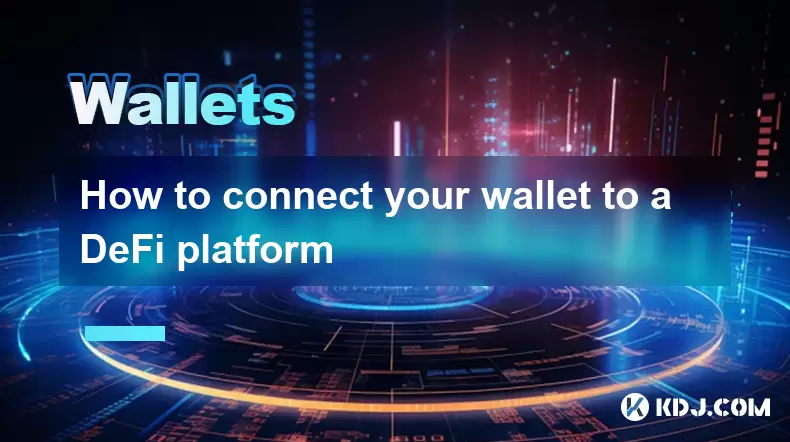
How to connect your wallet to a DeFi platform
Aug 13,2025 at 11:36am
Understanding Wallet Compatibility with DeFi PlatformsBefore connecting your wallet to any DeFi platform, it's essential to ensure your wallet is comp...

How to wrap Ethereum (wETH) in MetaMask
Aug 13,2025 at 11:36am
Understanding Wrapped Ethereum (wETH)Wrapped Ethereum (wETH) is a tokenized version of native Ethereum (ETH) that conforms to the ERC-20 standard, ena...

How to manage your portfolio in Exodus wallet
Aug 08,2025 at 10:07pm
Understanding the Exodus Wallet InterfaceThe Exodus wallet is a non-custodial cryptocurrency wallet that supports a wide range of digital assets. When...

How to manage your portfolio in Exodus wallet
Aug 13,2025 at 11:35am
Understanding the Exodus Wallet InterfaceThe Exodus wallet is a non-custodial cryptocurrency wallet that supports a wide range of digital assets. Upon...

How to reset your MetaMask password
Aug 08,2025 at 01:28pm
Understanding the MetaMask Password Reset ProcessMany users confuse the MetaMask password with the seed phrase or private key, but they serve differen...

How to use WalletConnect with Trust Wallet
Aug 13,2025 at 01:07am
What Is WalletConnect and Why It Matters for Trust Wallet UsersWalletConnect is an open-source protocol that enables secure communication between dece...

How to connect your wallet to a DeFi platform
Aug 13,2025 at 11:36am
Understanding Wallet Compatibility with DeFi PlatformsBefore connecting your wallet to any DeFi platform, it's essential to ensure your wallet is comp...
See all articles

























































































